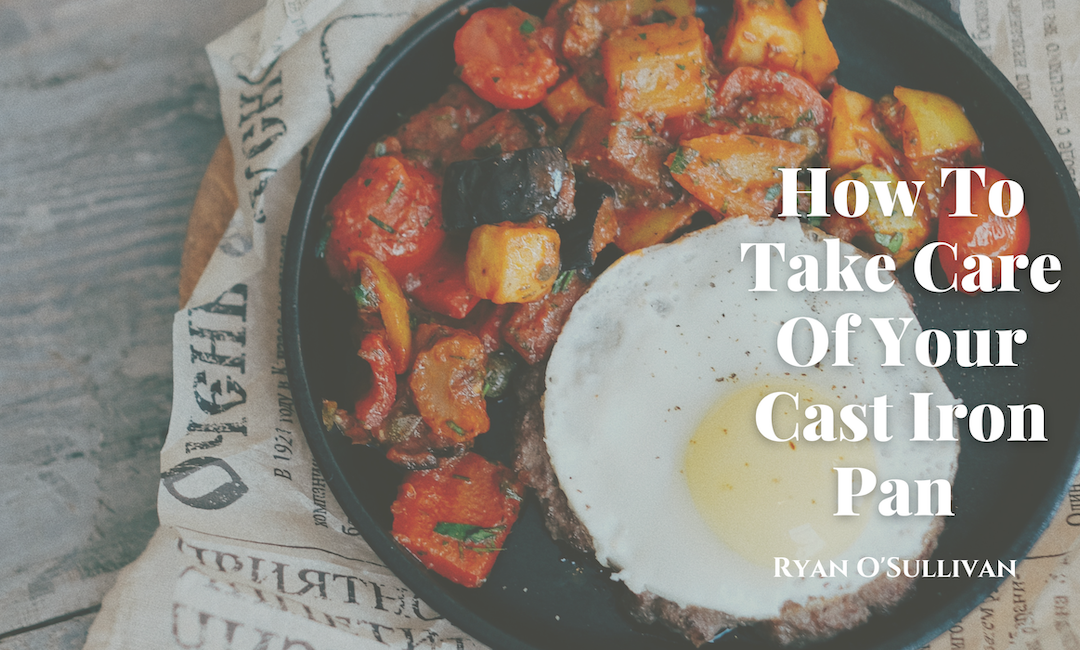Cast iron is a well-known piece of kitchen equipment, and it requires special care to maintain. pThis can cause some people to have a lot of passion for it. However, keeping a cast iron pan is also not that hard. There are many rules that people can follow without being too strict.
Follow these tips to keep your cast iron pan in tip-top shape. Maintaining this equipment is crucial, so it’s always at its best.
Cleaning Tips For A New Cast Iron Cookware
Even with the best new pan, you might still need to give it a seasoning. This process is straightforward and can be explained in more detail in this article. The main thing to remember is that the pan’s seasoning is a hard and protective coating created by heating the pan and rubbing it with oil.
When exposed to heat, the oil in the pan turns into a plastic-like coating that’s incredibly thin. As the layers of oil build-up, the pan becomes more protected from rusting, which will happen quickly if it’s sitting in the open air. The non-stick characteristics of cast iron also make it incredibly useful.
After establishing your initial seasoning layers, you must use the pan as often as possible. This will allow you to use it for various types of cooking, such as searing meats, sautéing vegetables, and frying chicken. Each use will create a new layer of seasoning that will make your pan even better.
Cleaning After Cooking
One of the most common reasons people don’t clean their cast iron pans is that they believe it can’t be done using soap. This is because the potent liquid will strip away the hard and protective coating. Understandably, people assume soap can also remove dirt and grease from their cast iron pans. However, since the seasoning is made from fat, it’s possible to use a little soap. Even though the original fat has been transformed into a polymerized product, removing the protective and hard coating from the pan is still impossible.
If you want to remove the seasoning, you’ll need to use something abrasive, such as steel wool. You can also either heat it at a high temperature for a long time without adding any fat, submerge it in a strong lye solution, or strip it using an electrolyzer. Doing so will take a lot of effort.
- Wash The Pan Well
After you’ve finished cooking, use warm soapy water to wash the pan. If there are any stubborn pieces of debris, you can use a synthetic scrubber on the back of a kitchen sponge. This material is not as harsh as steel wool and should remove most of the residue.
If you’ve accidentally burnt some food on the pan, you can also use a combination of salt and hot water to get rid of the remaining char. The salt will act as an abrasive, and the heat will help remove the remaining food particles, making them easier to scrub. After thoroughly cleaning the pan, use warm soapy water to remove any remaining residue.
- Dry The Pan Thoroughly
Since water is the enemy of cast iron, you mustn’t leave it dripping wet after washing it. Even though the added layer of seasoning will prevent the pan from developing rust, it won’t be able to stop the oxidation process between H2O and iron.
After washing the pan, use towels to dry it thoroughly. After you’ve hand-dried it, set it over a high flame to ensure it’s completely dry. The heat will help evaporate any remaining moisture, ensuring the pan is completely dry.
- Lightly Oil and Heat The Pan
The last step before you can put the pan away is to prepare it for its next use by laying down a layer of protective seasoning. Rub the pan lightly with unsaturated cooking fat, such as vegetable or canola oil. This will help remove any visible greasiness and prevent the pan from looking like it’s been greased.
After putting the pan back over a burner and setting it over a high flame, leave it for a couple of minutes to allow it to get slightly heated. This method is much quicker than the initial seasoning process, and it’s also easier to prepare.
If you don’t heat the oil before you put it away, it can become rancid and sticky, which is a real shame. You can prevent this by washing the pan with soap and water and then drying it.

